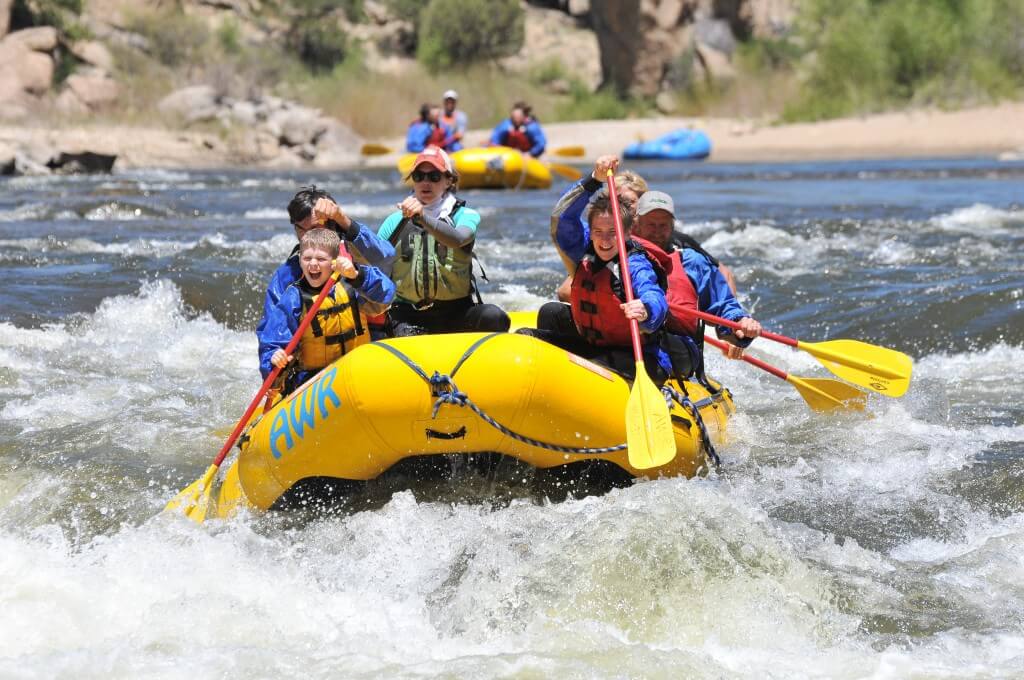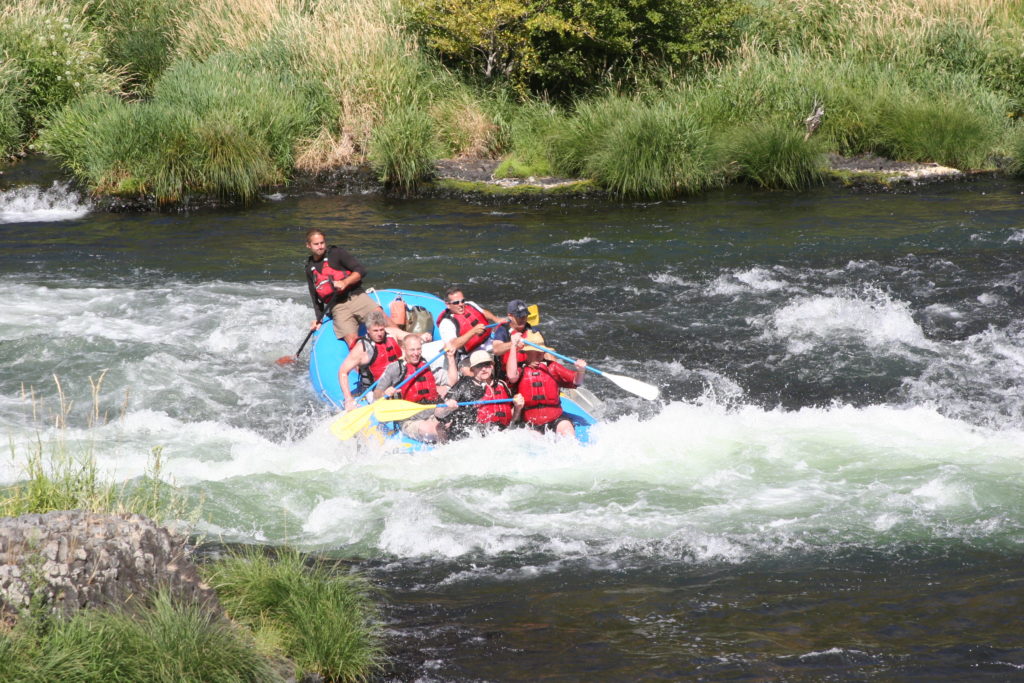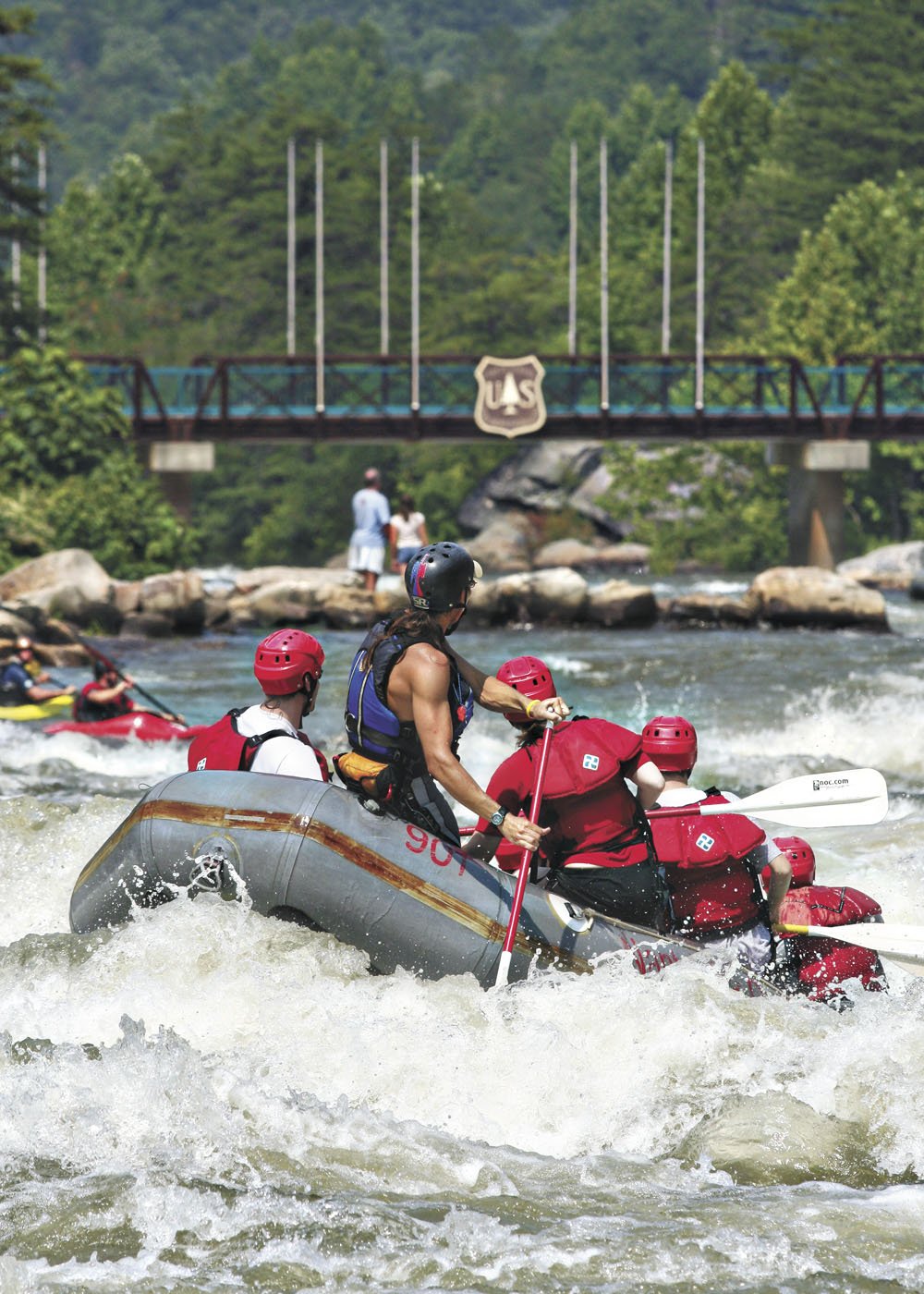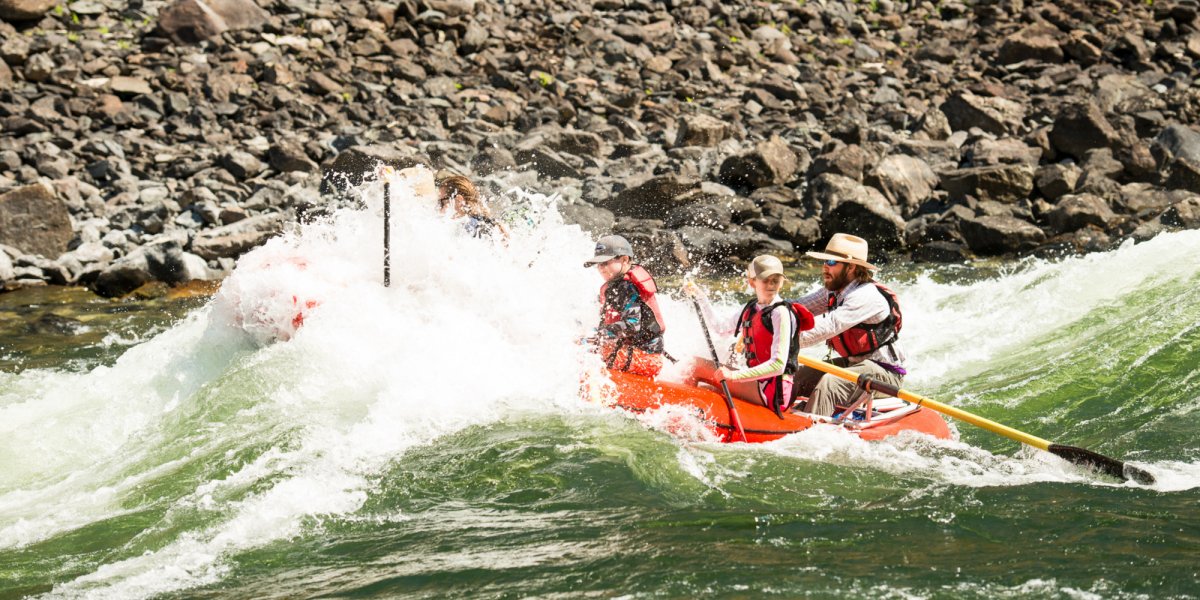class iii rapids definition
Short lines whose designation by the Surface Transportation Board STB is a Class III carrier which includes terminal and switching lines make up the bulk of todays freight railroads. A Class II rapid that is close to the difficulty of III is denoted II.

Whitewater Rafting Classes Of Rapids Boring To Scary Paddle Camp
Self-rescue is usually easy and injuries to swimmers are rare.

. Complex manoeuvres and good boat control are required. The scale was created by the American Whitewater Association to evaluate rivers throughout. Class V violent rapids will really get your adrenaline pumping.
Class II splashes will get your legs wet just over the side of the boat. Whitewater large waves continuous rapids large rocks and hazards maybe a large drop precise maneuvering often. Intense and powerful but predictable rapids requiring precise boat handling in turbulent water.
To find class 3 rapids you need to hit parts of the Colorado River or any of the tamer rivers in the west. Major hazards are easily avoided. Class 4 rapids are the intermediate level of Pete Wise rapids.
Complex maneuvers in fast current and good boat control in tight passages or around ledges are often required. Class 3 roads means roads that distribute traffic between the principal residential industrial and business districts of the town and which form the link between the primary network class 2 roads and the roads within residential areas. Class III rapid at Canolfan Tryweryn Wales.
The big difference is that the results of each spin are based on electronic bingo games involving multiple machines throughout the casino. A 10 in the Grand Canyon is comparable to a Class V rapid elsewhere. Slight limitation of ordinary activities eg after walking 2 blocks climbing one flight of steps under normal circumstances after meals in the cold wind in the morning or when under emotional stress.
According to the STB and American Short Line Regional Railroad Association ASLRRA the 2016 definition of a short line is any earning an annual operating. Currents hydraulics will feel stronger possibly channeling between brief narrow passages such as boulders or a cliff wall. The class to which a carrier belongs is determined in accordance with the following revenue thresholds.
Class IV big drops will jump-start your heart as you paddle through the intense whitewater. International scale of river difficulty. Class I - 447621226 or more.
Rapids classed III are considered intermediate level difficulty. Boats will shimmy and jolt with the increased punch of these larger waves but generally the jolt is brief with calmer and wider. Note that multi-day expeditions can have a wide variety of rapids on a single trip from class I to class V so check with your outfitter to get details First-time and veteran rafters alike thrive on class II III and some class IV rivers and rapids.
Approaching to the upper limits of rapids that can be run with the paddling skill a Class 6 rapid has more to due with luck than skill at least skill that can do much more than simply avoid the meat of the rapid. Class III - 35809698 or less. In fact many of the same popular titles youd see in a Las Vegas casino will be found in a Class III property.
Class III rapids feature waves up to 4 or 5 feet tall that will crash over the bow. Class IIIB liquids are combustible liquids that have a flash point at or above 200 F 93 C. Class 6 rapids are considered hazardous even for expert paddlers using state-of-the-art equipment and come with the warning danger to life or limb Skill Level.
Class II machines are in many ways indistinguishable from their Class III cousins. Class III wet and fun rapids will get you soaked head to foot. Scouting is recommended for inexperienced paddlers.
The rapids may feature large unavoidable waves and holes or constricted passages demanding fast. Rapids that are at the lower or upper end of this difficulty range are designated Class III- or Class III respectively. Large waves or strainers may be present but are easily avoided.
Powerful turbulent and. Class III Whitewater. Rapids with moderate irregular waves strong eddies and currents.
Typical Class II liquids include liquids such as camphor oil diesel fuel pine tar methanol and other solvents. The danger of capsizing your raft generally starts with a. Strong eddies and powerful current effects can be found particularly on large-volume rivers.
Class II liquids are combustible liquids that have a flash temperature point at or above 100 F 378 C and below 140 F 60 C. Class I railroads are regulated by the Surface Transportation Board STB. Rapids with moderate irregular waves.
Class II - Less than 447621226 but in excess of 35809698. From a collision perspective this class of rapids is classified as a greater-than-average chance of hitting an obstacle when navigating rapids. Generally these rivers are straightforward and self-rescue is possible.
Marked limitation of ordinary activities eg walking 1-2 blocks or climbing stairs under normal circumstances. Class I moving water will let you comfortably float down the river. The international scale of river difficulty is an American system used to rate the difficulty of navigating a stretch of river or a single sometimes whitewater rapid.
When this difficulty is at the lower end of the class it is denoted III- and when at the upper end it is III.

Whitewater Rafting Rapid Classes Demystified Youtube

Guide To Rapid Classification With Pictures Video Voyageur Tripper

Whitewater Classifications Explained Row Adventures

Guide To The Classification Of River Rapids Kayaks Rafting And Canoes

River Classifications Up To Class 4 Rapid Aspen Whitewater Rafting

Rapids National Geographic Society

Whitewater Classifications Explained Row Adventures

How River Rapids Are Classified

First Class Floating Whitewater Rapids Classes 101 Imperial River Company

The Different Classes Of Rapids Explained

Whitewater Rafting Classes Of Rapids Boring To Scary Paddle Camp

The Different Classes Of Rapids Explained

Head Of The Class Best Rapids For Every Level

Whitewater Rapids The Universal Classification Guide

Whitewater Classifications Explained Row Adventures

The Most Dangerous Rapids In The World Slideshow The Active Times

How Experienced Do I Need To Be To Raft Each Rapid Echo Canyon Rafting

White Water Rafting Classes What Is The Difference And Which Is Best
